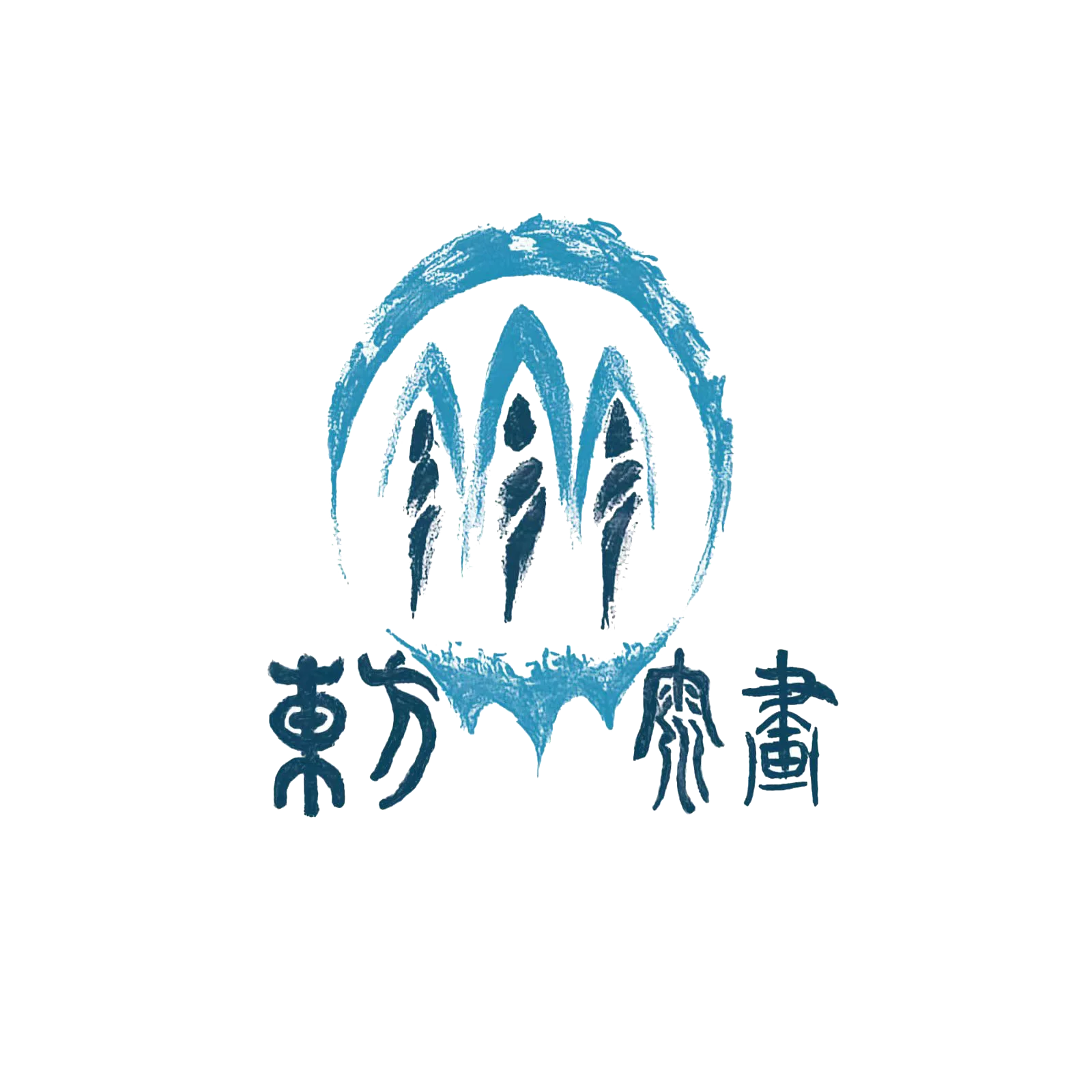The Third Stop of Oriental Spiritual Painting International Tour Exhibition
·Palazzo Bellini, Florence, Italy
"30 Days Countdown!"
The prelude is about to unfold!

Assembly Call for Dream Painters
The Renaissance was a glorious period in the history of Western painting, giving birth to numerous outstanding painters who made significant contributions to the development of art with their unique styles and techniques.
Early Period:Painters broke free from medieval norms and used rationality and scientific knowledge to pioneer new frontiers in artistic creation. They strived to give two-dimensional planes a sense of three-dimensional space, marking a radical departure from traditional techniques.
High Renaissance:Represented by Leonardo da Vinci, Michelangelo, and Raphael, this era achieved a perfect unity of reason and emotion, reality and ideal in artworks. They established classic patterns for representational art, where technical precision and aesthetic expression coexisted harmoniously.
Late Renaissance:Styles like Mannerism emerged, inheriting the fundamental forms of Renaissance achievements while pursuing bizarre and stimulating effects. This period reflected a transition from the classical ideal to more exaggerated and expressive artistic explorations.
Giotto di Bondone

Founder of the Florentine School and known as the "Father of European Painting",he based his art on realism, integrating humanist spirit into religious themes, thus opening a new chapter in Renaissance painting.
Although his works still primarily focused on religious themes, he began to infuse secular emotions, emphasizing the truthful depiction of human figures and feelings. Breaking free from the stylized conventions of medieval painting, he laid the foundation for subsequent Renaissance painting. His masterpiece Lamentation over the Dead Christ is renowned for its sincere emotions, three-dimensional figure modeling, and prominent spatial effects, becoming a paradigm for later generations to emulate.

Masaccio

Regarded as the "Pioneer of Realism," he was a foundational figure of Italian Renaissance painting.Completely breaking away from the elegant style and decorative elements of late Gothic painting, he prioritized the creation of realistic images and spaces. He was the first to introduce perspective into painting, bringing an unprecedented sense of realism to his works. Masterpieces like The Expulsion from the Garden of Eden and The Tribute Money vividly depict the real world of humanity, exerting a profound influence on subsequent generations.

Botticelli

The most renowned painter in Florence at the end of the 15th century, he was the last master of the Early Florentine School in the European Renaissance.His masterpieces Spring and The Birth of Venus are celebrated for their elegant lines, harmonious colors, and poetic compositions, establishing them as timeless classics.
Most of his works drew inspiration from literary works and ancient myths, breaking free from the confinement of religious themes. This allowed him to express individuality and secular emotions more freely, infusing his art with a rich atmosphere of poetry and romance.

Leonardo da Vinci

The first outstanding representative of the High Renaissance, he was not only a painter but also an exceptional art theorist, making significant contributions to natural sciences.
He introduced natural scientific knowledge into fine arts, adeptly applying scientific principles to handle composition, light and shadow, as well as human proportions and anatomy in his works. This enabled his creations to achieve a high degree of realism and perfection. Masterpieces such as The Last Supper and Mona Lisa stand as classics in the history of art.

Michelangelo

A great sculptor, painter, architect, and poet,his works are imbued with heroism and tragic color, exuding a strong artistic appeal. His paintings are renowned for their grand compositions, majestic figure imagery, and intense sense of movement. Masterpieces include the ceiling fresco The Creation of the World in the Sistine Chapel and the altar fresco The Last Judgment.

Raphael

Raphael was highly adept at absorbing the strengths of others. His works integrated the merits of numerous artists, forming his own unique style of elegance and harmony. In his religious paintings, there is a distinct pagan spirit, which harmonizes Christian spirituality with ancient ethos. Masterpieces such as The School of Athens and The Sistine Madonna showcase his exceptional artistic standard and humanistic spirit.

Titian

Titian was one of the outstanding representatives of the Venetian School. His works are characterized by bright and gorgeous colors, free and bold brushstrokes, and strong expressiveness. He was adept at depicting the texture of human skin and emotional expressions, bringing the artistic style of the Venetian School to its peak. Masterpieces include Venus of Urbino and The Rape of Europa.

From Giotto to Titian, the giants of the Renaissance left resplendent marks in art meccas like Florence and Venice, making these cities an eternal lighthouse in art history.Now, a cross-time artistic dialogue is about to unfold: from July to August 2025, Mr. Keyang Wu's international solo exhibition will once again open in Florence, the art capital of Europe, for a month.With a unique Oriental perspective and artistic language, he will continue to write a new chapter in the integration of Eastern and Western art on this land that has nurtured countless artistic legends, presenting the world with a visual feast that transcends national boundaries!
Appreciation of works

Material: oil painting on canvas
Specification:120 cm×100 cm
Creation date:2021
(The work is currently in Italy)

Material: pen sketch
Specification:29.5 cm×21 cm
Creation date: 2023
(The work is currently in Italy)

Material: pen sketch
Specification:29.5 cm×21 cm
Creation date: 2023
(The work is currently in Italy)

Leave a Reply